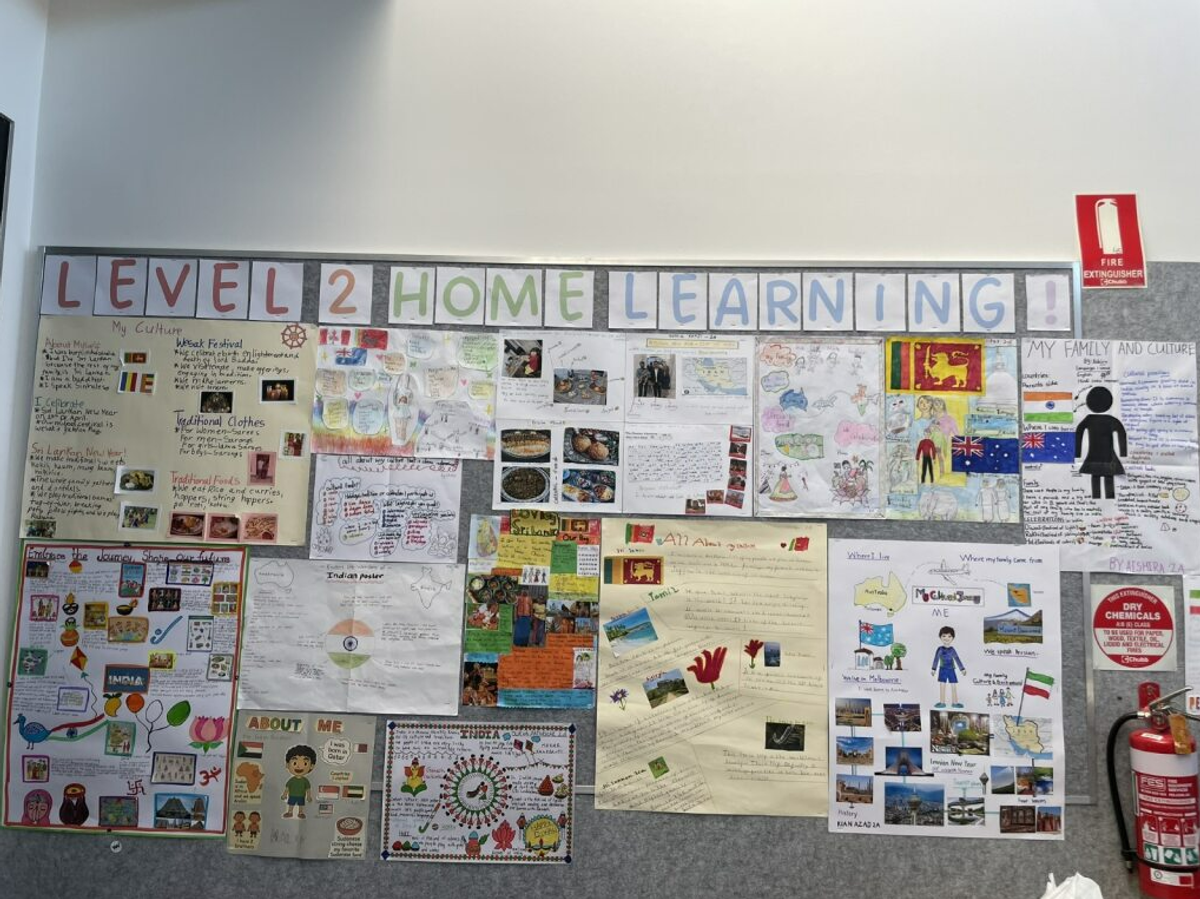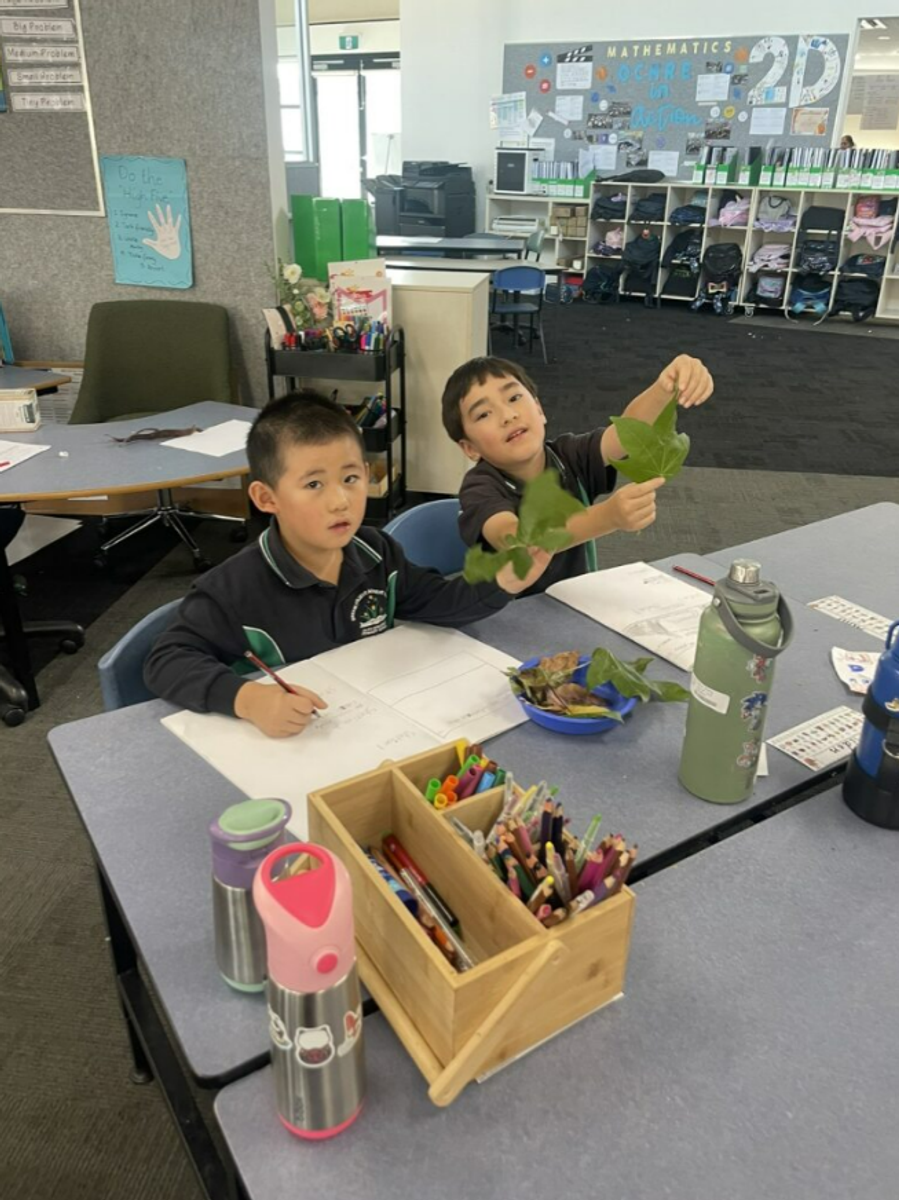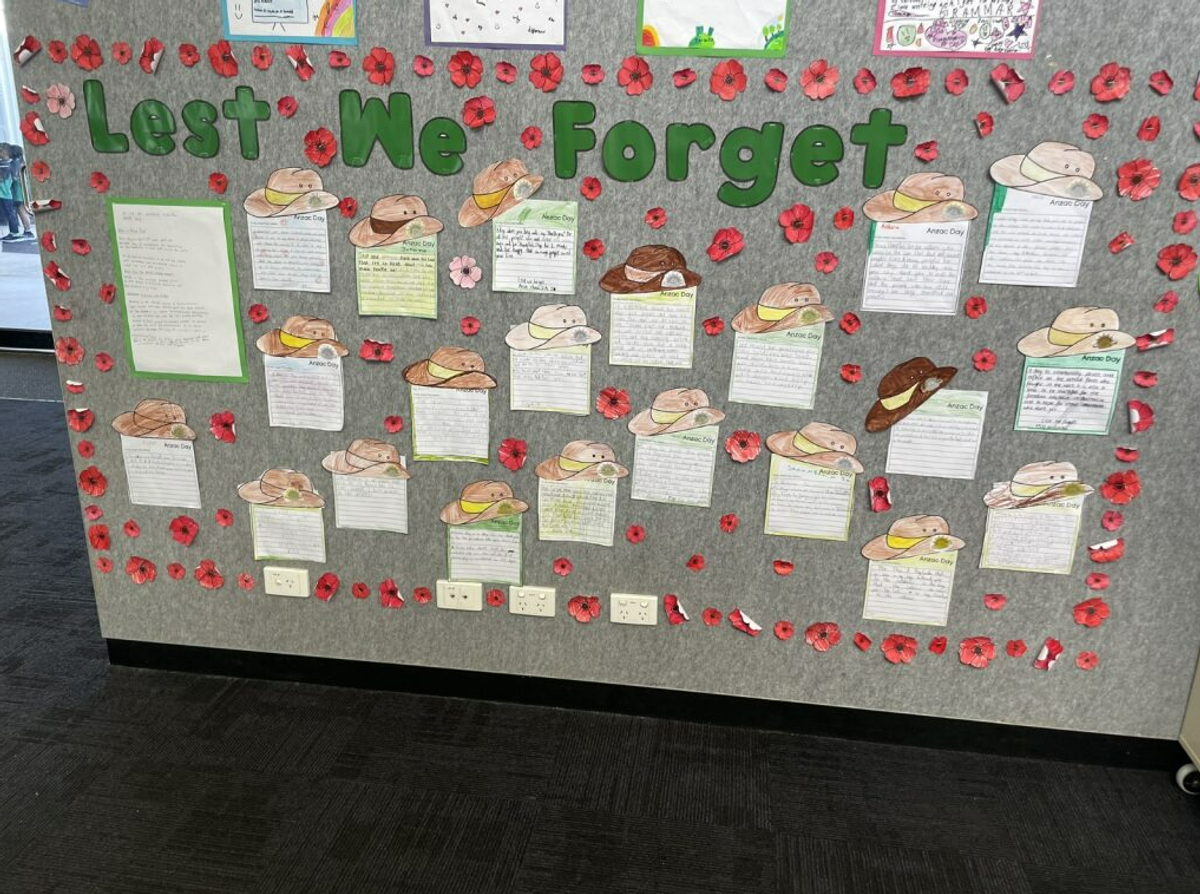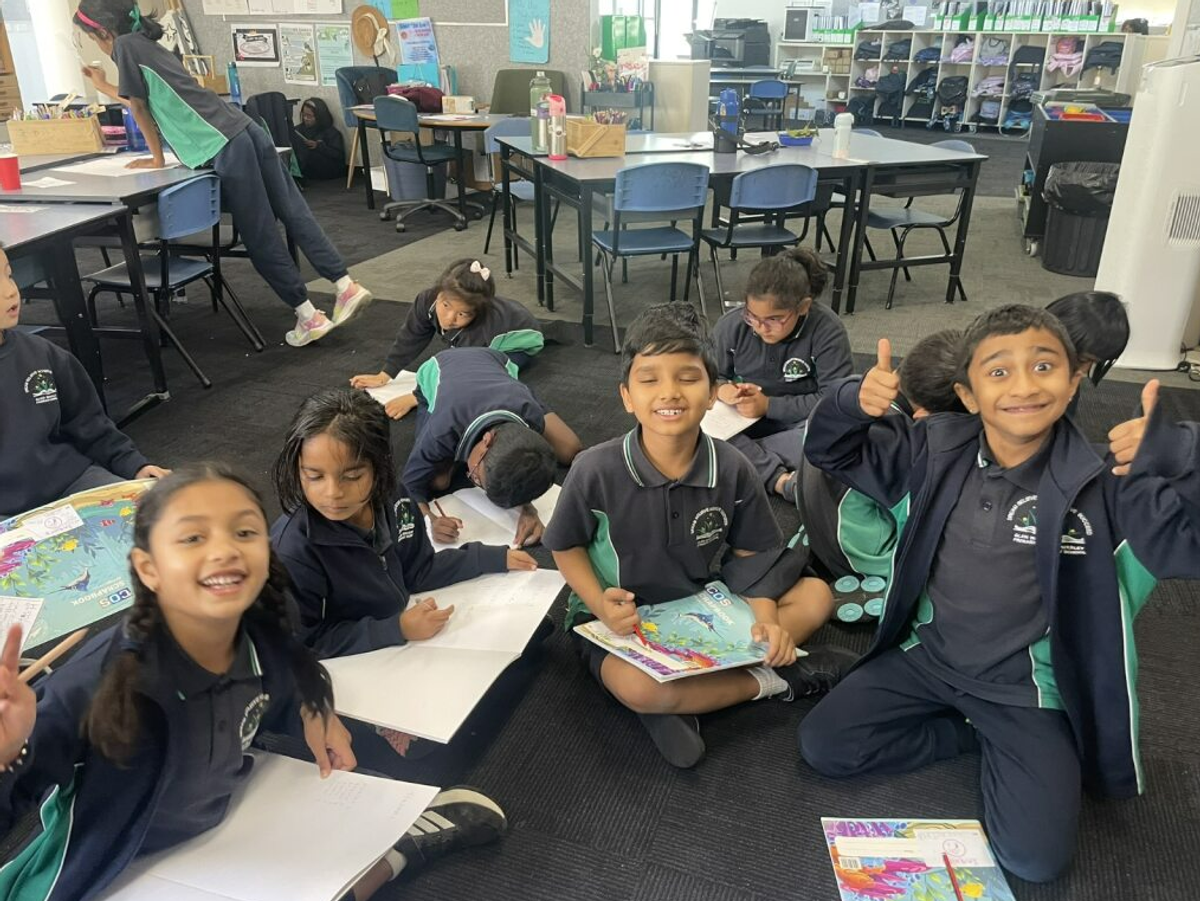Term Four
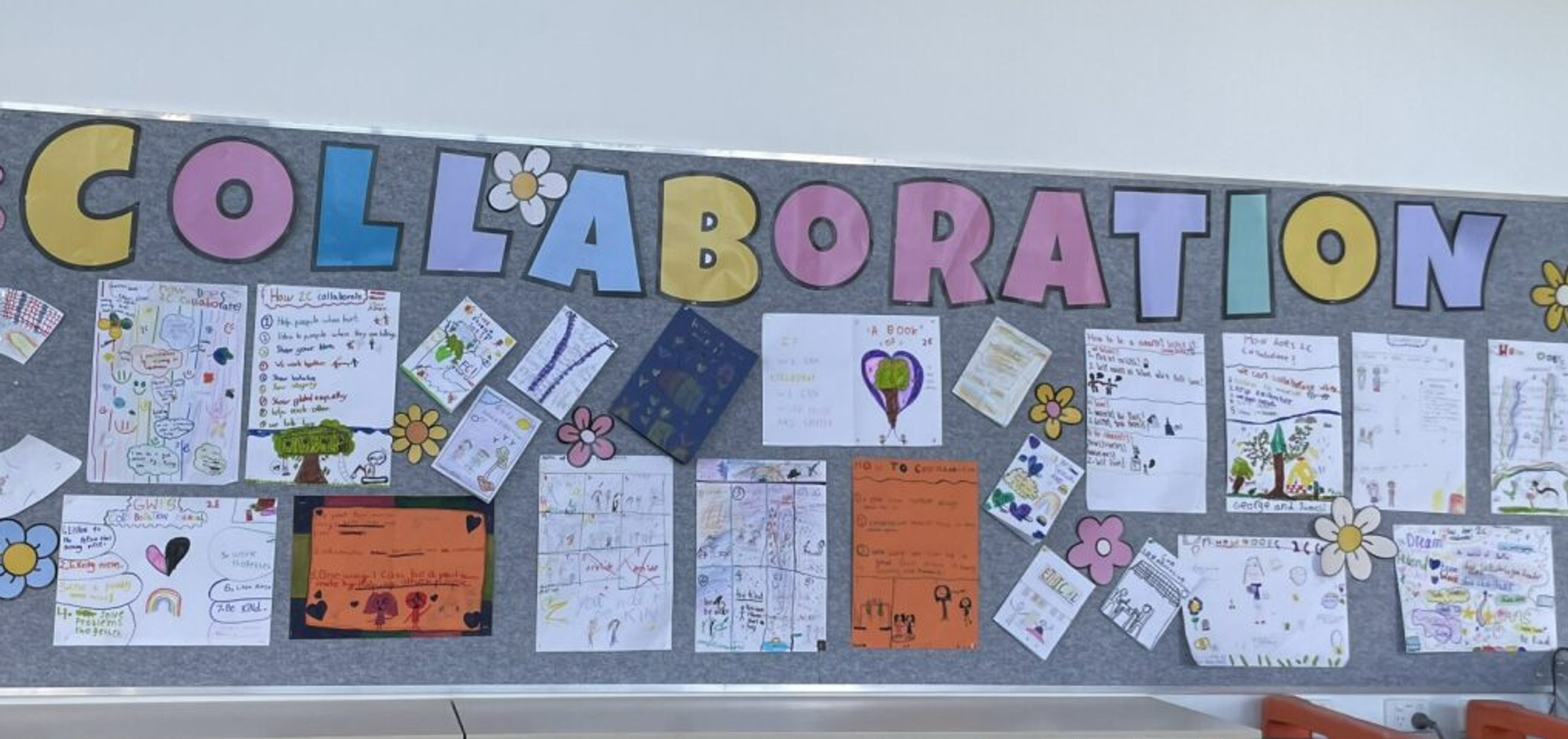
English
Initial Lit – (Reading and Viewing, Speaking and Listening)
This term, students will continue to develop their English skills through a range of engaging reading, writing, spelling, and grammar activities. They will build comprehension, fluency, and vocabulary as they explore narrative, informative, and persuasive texts, while also strengthening their understanding of spelling patterns and grammatical conventions. Through storybook analysis and creative writing, students will apply their learning to produce imaginative narratives, develop character and plot, and communicate ideas clearly and effectively. These experiences aim to foster confident, independent readers and writers while encouraging curiosity, creativity, and a love of language.
Reading Lessons: Students will continue to focus on developing comprehension and fluency, with new vocabulary introduced and discussed in each lesson. They will complete a range of learning experiences linked to shared texts across both narrative and informative genres. Students will also explore persuasive texts, asking questions, making predictions, and identifying key features of persuasive language.
Spelling Lessons: Students will deepen their understanding of spelling rules by exploring sounds made by digraphs and trigraphs (e.g. ch/tch, or/ore, au/aw) and by extending their word-building skills through the study of suffixes (e.g. –tion). This term will also provide opportunities for students to review and consolidate spelling patterns from across the year and to exercise student voice by selecting their own ‘tricky words’ for further practice.
Storybook Lessons: Students will strengthen their comprehension skills and develop the ability to monitor their understanding as they read. Through shared analysis of the storybooks Turtle Song by Kim Michelle Toft and The Story of Rosy Dock by Jeannie Baker, they will explore character development and plot structure to build both literal and inferential understanding.
Grammar: Students will learn about different types of adjectives, including those that describe appearance, texture, sound, taste, smell, and emotions. Understanding adjectives helps students enrich their writing by providing vivid detail and creating clearer imagery for the reader. They will practise using adjectives both before and after nouns, and learn how to use multiple adjectives effectively, separated by commas, to add depth to their descriptions. In addition, students will identify and construct noun groups to enhance sentence structure and communicate ideas with greater precision.
To support your child’s learning at home, you can:
- Ensure your child reads every day for 10-15 minutes from their school readers and aloud to an adult or older sibling at least once a week.
- Ask your child what their “Tricky Words” are for the week and test them on spelling these orally.
- Point out and discuss examples of verbs, adverbs, nouns, pronouns and adjectives in books, signs, and other reading materials.
Writing
Students will explore the excitement of writing narratives. They will utilise literary elements such as character, setting, plot and messages. Through developing grammatical skills such as use of conjunctions and dialogue, along with different tenses, students will also deepen their understanding of sentence conventions. In turn, this will help with narrative structure and will be taught through Initial Lit. Furthermore, students will continue building on the skill to create a sequential, understandable resolution to a problem to end their stories. At the conclusion of the Narrative unit, students will create their very own story book as authors and illustrators.
To support your child’s learning at home, you can:
- Involve your child in picking a favourite story, movie, or fairy tale and rewrite the ending. For example, what if it ended differently?
- Practicing handwriting and letter formation. Encourage your child to write for enjoyment (writing letters, stories) and help them to focus on their handwriting when completing Home Learning tasks.
Speaking and Listening
This term, learners will explore the power of language through poetry. They will engage in reading, writing and performing poems that express thoughts, feelings, and ideas. Learners will experiment with poetic devices such as rhyme, rhythm, repetition, and imagery, and will have opportunities to discuss and reflect on how poems make them feel or what they make them think about.
To support your child’s learning at home, you can:
- Discuss the emotions felt when faced with challenging situations. Explore situations on how to overcome those strategies.
- Ask learners to explain their thinking when completing Home Learning activities.
Engage in conversation about topics and practice debating both points of view.
Key Vocabulary:
Writing:
- Opinion
- Convince
- Information
- Evidence
- VOICES
Grammar:
- Proper nouns
- Common nouns
- Pronouns
- Adjectives
Spelling:
- Digraph
- Long vowel
- Tricky Words
Mathematics
This term, students will consolidate their skills in a variety of concepts using hands on materials and investigation. Students will build upon their prior learning about area and perimeter and explore the concept of location. They will develop skills in generating directions by applying their knowledge of area and perimeter to navigate spaces. Additionally, students will learn to interpret maps, pay attention to key features and understand the distances between landmarks. This exploration of measurement and geometry will enhance their spatial awareness and problem-solving abilities.
Students will develop their understanding of fractions by exploring how shapes, objects, and collections can be divided into equal parts. They will learn to identify and represent halves, quarters, and eighths through hands-on activities and visual models. Using concrete materials such as paper folding, counters, and drawings, students will discover that fractions represent equal sharing and equal grouping.
Students will also apply their knowledge to real-world situations, such as sharing food, dividing collections, or identifying fractions in everyday contexts. By comparing and describing fractions, they will strengthen their number sense and build a strong foundation for future mathematical learning.
To support your child’s learning at home, you could:
- Have conversations with your child about the likelihood of different events occurring. For example, “If the weather looks dark and cloudy, what are the chances you will need an umbrella?”
Create towers or patterns using blocks or LEGO. Ask your child: “What fraction of your tower is red?” “If half the blocks are blue, how many blocks are that?”
Key Vocabulary:
- Halves/Quarter/ Eights
- Area
- Perimeter
- Data Collection
- Probability
- Concrete materials
Inquiry
Question: How do forces impact us and the objects around us?
Global Goal:
10. Reduced Inequalities
Summary of Learning:
In Term 4, the Year 2 students will embark on an exciting journey into the world of forces. Through engaging activities and hands-on experiments, they will explore these concepts and discover how they impact objects in our everyday lives. Students will explore their surroundings to see forces in motion. From understanding the force needed to open a door to sliding down the slide, students will dive into our Inquiry question “How do forces impact objects?”
Through engagement with the STEAM process students will be encouraged to design a prototype to solve their identified problem in play. Their prototype must fit the design brief to include forces, be sustainable and bring people together through play.
This term we will travel to Scienceworks for an excursion and participate in a Toys and Forces show, as well as engage with the interactive exhibit to think about the types of forces that are at work every day.
Key Vocabulary:
Forces, push, pull, friction, gravity, magnet, direction, directional arrow.
How can you support your child’s Inquiry learning at home?
- Encourage your child to observe and discuss forces in their daily life. Ask questions like, "What makes the swing move back and forth?" or "Why does the ball stop rolling when you stop pushing it?" These discussions will help reinforce their understanding of push and pull in real-world scenarios.
- Try fun and safe experiments at home, like using magnets to see how they attract or repel objects or using different materials to create ramps for toy cars. These hands-on activities will allow your child to explore forces in a playful and memorable way.
Wellbeing
The Resilience Project
In Grade 2 Term 4, we will be further exploring ‘The Resilience Project’ and learning about the importance of Emotional Literacy. Emotional Literacy is the ability to recognize, understand, and express our feelings, and it’s a vital part of building strong, positive relationships and developing resilience.
This term, the students have been engaging in activities to identify their emotions and practice strategies for managing them. Through the group discussions, collaborative and creative tasks, they’ve been learning how to express their feelings in words, listen to others with empathy, and build a toolbox of strategies to calm their minds during challenging times.
One of our favourite activities has been “GEM Chat,” where students focused on fostering positive connections and building emotional awareness. Students shared moments of gratitude, practiced understanding others’ feelings, and engaged in mindful reflection, creating a safe and inclusive environment.
It’s wonderful to see the Grade 2 students becoming more aware of their emotions and developing the confidence to express themselves!
Key Vocabulary:
- Empathy
- Gratitude
Mindfulness
How can you support your child’s Wellbeing learning at home?
- Showing Gratitude and being grateful for what we have.
- Practicing Mindfulness at home like mindful breathing and colouring.
- Showing Empathy such as being an active listener.
Cyber Safety
In Term 4, students will continue their journey navigating through the Cyber Safety Project, with emphasis on safety and integrity. This learning will help our students develop essential digital literacy skills, while also encouraging them to think critically about their actions and well-being in the online world. This will include lessons on digital citizenship, respecting others online, and maintaining privacy and security when using technology in the classroom. By the end of Term 4, students will have developed essential skills for navigating both their emotional wellbeing and the digital world safely, helping them to thrive both academically and personal setting.

